Introduction to Security Camera Systems
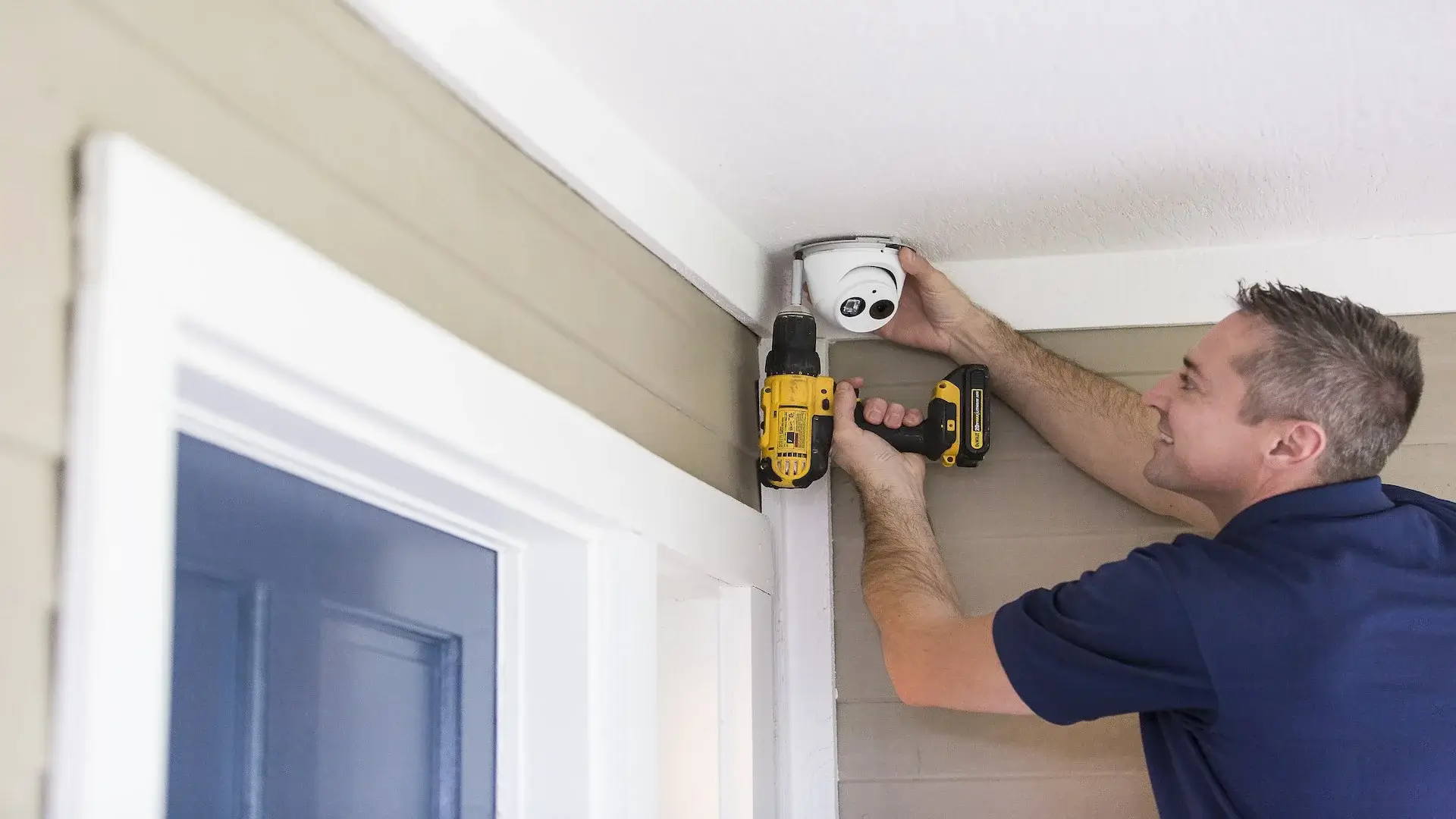
Security Camera Installations
Security camera systems have become an essential part of modern security infrastructure, helping to protect homes, businesses, and public spaces from various security threats. The advancement in technology has introduced a variety of security camera systems, each with its unique features and benefits. While traditional wired security camera systems have been in use for many years, the advent of wireless technology has brought new alternatives to the market.
Wired security camera systems are robust and reliable, often considered the backbone of surveillance in many settings. These systems typically require extensive cabling for power and data transfer, which can sometimes be costly and time-consuming to install. However, they offer unmatched stability and are less susceptible to interference compared to their wireless counterparts.
On the other hand, wireless security camera systems have gained popularity due to their flexibility and ease of installation. These systems use Wi-Fi or other wireless communication protocols to transmit data, eliminating the need for extensive cabling. This can be particularly advantageous in scenarios where cabling is impractical or aesthetically undesirable.
Understanding the fundamental differences, advantages, and limitations of both wired and wireless security camera systems is crucial for making an informed decision. Each system has its own set of features that may be more suitable for specific environments and applications. This article aims to provide a comprehensive comparison between wired and wireless security camera systems, enabling readers to determine which system aligns best with their security needs.
In the chapters that follow, we will delve deeper into the intricacies of both wired and wireless security camera systems, examining their technical specifications, installation requirements, performance metrics, and typical use cases. By the end of this analysis, our readers will be equipped with the necessary knowledge to make an educated choice between wired and wireless options.
Overview of Wired Security Camera Systems
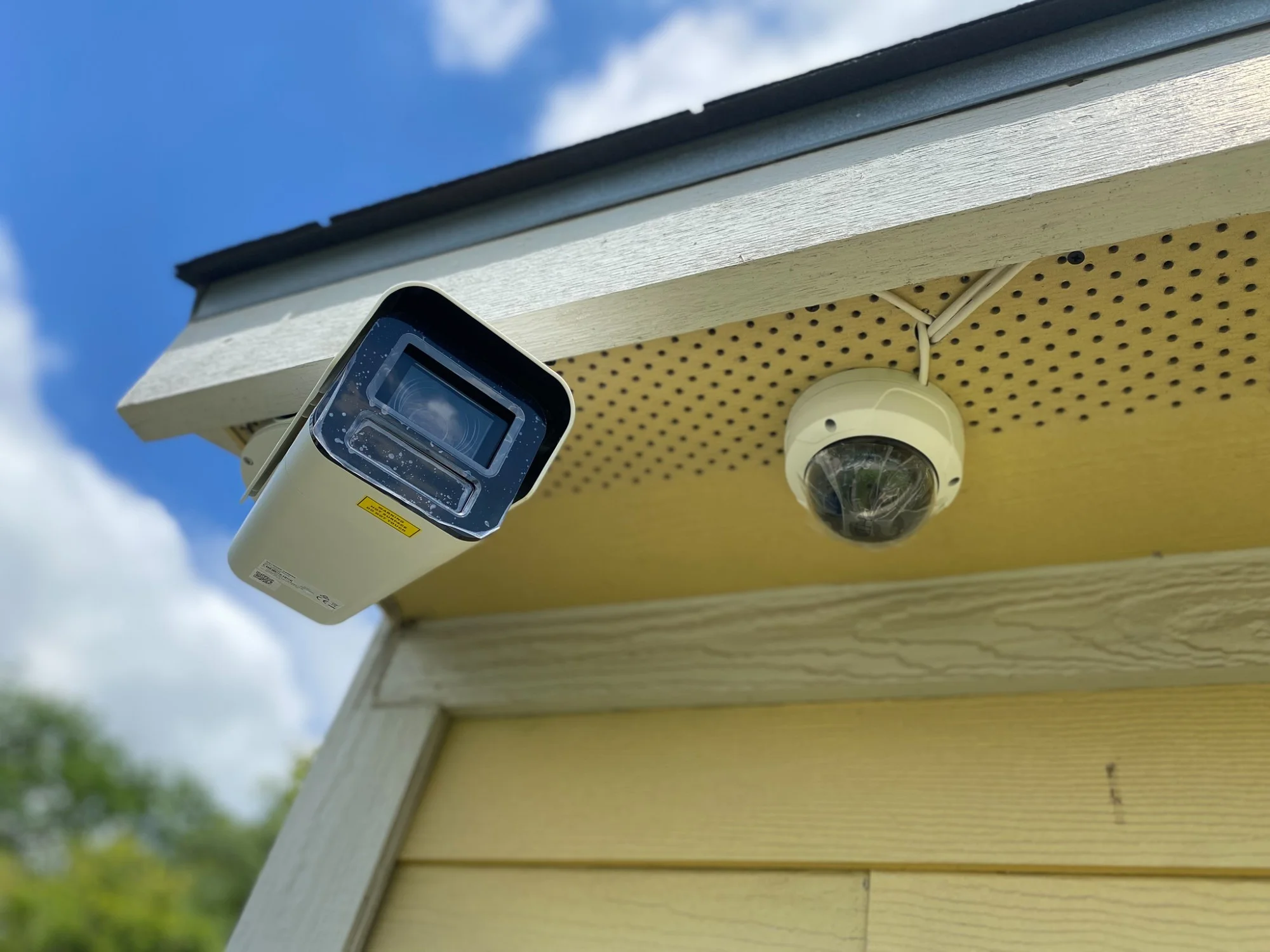
Wired security camera systems are a traditional form of surveillance technology widely used in both residential and commercial settings. These systems involve physical cabling to connect cameras to a central recording device, typically a digital video recorder (DVR). This setup provides several distinct advantages as well as some limitations.
One of the primary benefits of wired security camera systems is their reliability. Since they rely on physical connections, they are less susceptible to interference and signal loss, which can be issues with wireless systems. This makes them a preferable option in environments where consistent and uninterrupted surveillance is critical.
Another notable advantage is the high-quality video. Wired systems can support higher resolution video feeds, providing clearer and more detailed images. This is particularly beneficial in situations where facial recognition or license plate identification is needed.
Wired systems also offer greater security against hacking. Because they do not rely on a wireless signal, they are inherently more difficult to compromise remotely. This provides an added layer of security, making it harder for unauthorized individuals to gain access to the feed or recording.
However, wired systems come with certain drawbacks. The installation process can be complex and time-consuming, often requiring professional assistance. This can significantly increase the initial cost and may involve running cables through walls, ceilings, and other structures.
In addition, the lack of flexibility in camera placement is another consideration. Once the cables are laid, relocating cameras can be a cumbersome and costly endeavor. This can be particularly restrictive in dynamic environments where surveillance needs may change over time.
Despite these challenges, wired security camera systems remain a solid choice for many users due to their robustness and consistent performance. They are especially well-suited for large properties and permanent installations where the benefits can outweigh the costs and installation complexities. Key attributes such as reliability, video quality, and security make them a viable option for comprehensive surveillance needs.
Overview of Wireless Security Camera Systems
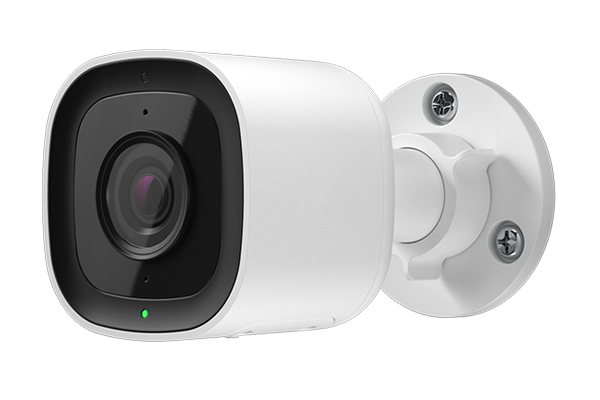
Security Cameras
Wireless security camera systems have gained significant traction in recent years, becoming a popular choice for both residential and commercial surveillance. These systems leverage advanced wireless technology to transmit video and audio signals from cameras to recording devices or cloud storage systems. This transmission is typically done via Wi-Fi, reducing the need for extensive cabling.
One of the main advantages of wireless security camera systems is flexibility in installation. Since there is no requirement to run cables through walls or ceilings, installation can be quicker and less invasive. This makes wireless systems particularly suitable for locations where traditional wiring is difficult or impractical. Moreover, the absence of cables means that the cameras can be easily relocated as needed.
Another key benefit is remote accessibility. Most wireless security systems come equipped with internet connectivity, allowing users to monitor live feeds and recorded footage from virtually anywhere through smartphones, tablets, or computers. This is especially useful for users who travel frequently or who need to check in on their property from a remote location.
On the downside, wireless security camera systems can be susceptible to signal interference. Factors such as thick walls, metal objects, and electronic devices can disrupt the connection between the cameras and the recorder. Additionally, wireless networks can be exploited by cyber threats if not properly secured, which presents potential vulnerabilities in terms of data privacy and security.
The power supply for wireless cameras can also be a limitation. While some models are battery-powered, these will need regular charging or battery replacement. Other models might still require a power cable, albeit without a data cable, slightly diminishing the aesthetic and practical advantages of a completely wireless setup.
In summary, the features of wireless security camera systems include:
- Flexibility and ease of installation
- Remote accessibility through internet connectivity
- Susceptibility to signal interference
- Potential cybersecurity vulnerabilities
- Dependency on battery or power supply
Overall, wireless security systems offer a blend of convenience and versatility, making them an attractive option for many users. However, considerations around signal integrity and security precautions are important factors to weigh when deciding on deploying a wireless system.
Comparative Analysis: Wired vs Wireless Security Camera Systems
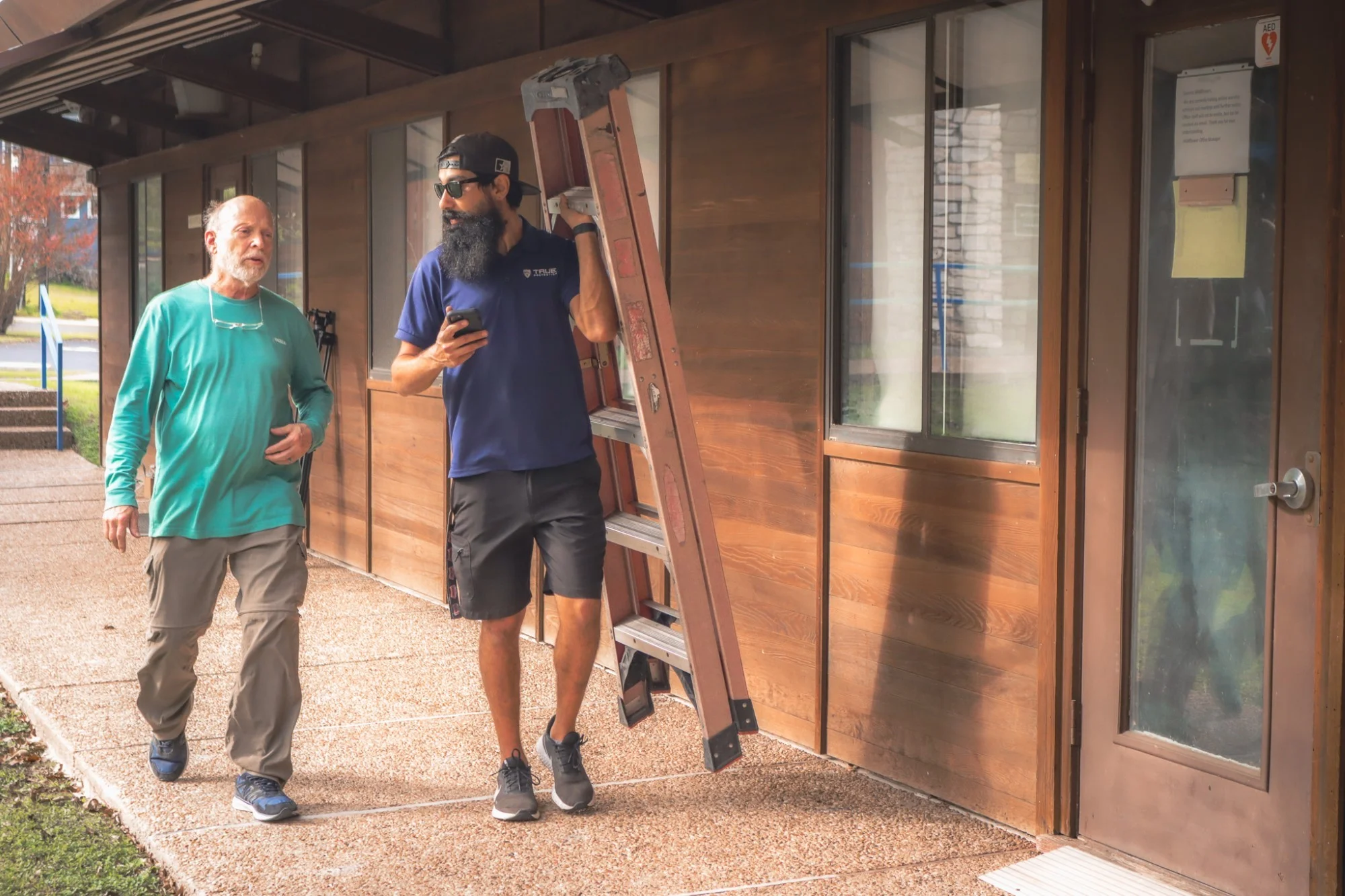
When deciding between wired and wireless security camera systems, it’s crucial to consider various factors that can influence their effectiveness and suitability for different applications. This chapter provides a comparative analysis of both systems, focusing on aspects such as installation, reliability, maintenance, and scalability.
Installation
One of the most significant differences between wired and wireless security camera systems is the installation process.
- Wired Systems: Installation can be more complex and time-consuming due to the need for running cables through walls or ceilings. This often requires professional assistance.
- Wireless Systems: These typically offer a more straightforward installation process, often completed with minimal tools. Most units can be set up within minutes and do not require physical cables to connect the cameras to the recording equipment.
Reliability
Reliability is a critical factor when selecting a security camera system.
- Wired Systems: Generally provide more stable and consistent video quality since they are not subject to interference or signal loss associated with wireless transmission. They also do not rely on Wi-Fi, mitigating the risk of network downtime affecting the recording.
- Wireless Systems: While modern wireless systems are quite reliable, they can be prone to interference from other wireless devices or physical obstructions. Signal range can also be a limiting factor, depending on the strength of the Wi-Fi network.
Maintenance
The maintenance requirements for wired and wireless systems also differ significantly.
- Wired Systems: Once installed, wired systems generally require less ongoing maintenance. However, any necessary repairs or upgrades involving cables can be intrusive and labor-intensive.
- Wireless Systems: These may require more regular maintenance, particularly in changing the batteries of battery-powered cameras. Ensuring that the cameras remain within the optimal range of the Wi-Fi network is also an ongoing consideration.
Scalability
Scalability is an important consideration, especially for larger installations or expanding security needs.
- Wired Systems: Expanding a wired system can be challenging due to the need for additional cabling and potential limitations of the existing infrastructure. Each new camera addition could require significant effort and expense.
- Wireless Systems: These systems generally offer greater flexibility and ease of scale. Adding new cameras can typically be done without extensive building modifications, making them more adaptable to growing or changing security needs.
Conclusion
In summary, both wired and wireless security camera systems have their unique advantages and drawbacks. The choice between the two largely depends on specific requirements such as ease of installation, reliability, maintenance needs, and the potential for future scaling. Understanding these factors can help in making an informed decision that best fits the security needs.
Real-World Applications and Case Studies

When it comes to choosing between wired and wireless security camera systems for real-world applications, True Protection stands out as a reputable provider offering a comprehensive suite of customized solutions. This chapter explores practical implementations and case studies associated with both types of systems, focusing on True Protection’s offerings in Austin, San Antonio, Houston, Dallas/Fort Worth, and other locations in Texas.
Residential Security
Homeowners often prioritize reliability and ease of installation for their security systems. True Protection’s customized home security solutions cater to these needs effectively. With both wired and wireless options available, homeowners can choose the system that best fits their layout and lifestyle.
- Wired Systems: These are typically recommended for new constructions or major renovations where running cables is feasible. They offer stable, interference-free connections and are less prone to signal issues.
- Wireless Systems: Ideal for existing homes where running cables might be challenging or disruptive. These systems provide flexibility and ease of installation with comparable security levels.
Business Security
For business owners, True Protection provides solutions tailored to both small businesses and large enterprises. Security requirements can vary widely depending on the size and nature of the business, and True Protection’s local experts are adept at identifying and fulfilling these unique needs.
- Small Businesses: Wireless systems can be particularly advantageous for small businesses due to their flexibility and ease of installation. They facilitate quick deployment and can be scaled as the business grows.
- Enterprise Solutions: Larger enterprises may benefit more from wired systems due to their robustness and reliability. True Protection offers sophisticated wired solutions capable of handling the complex security demands of large facilities.
Award-Winning Performance
An essential aspect of True Protection’s service is their commitment to quality and customer satisfaction, reflected in their award-winning performance. This recognition underscores their ability to deliver cutting-edge security and surveillance systems that effectively address the diverse security needs of their clients.
Geographic Advantages
Operating across multiple locations in Texas, True Protection’s local teams have a deep understanding of the specific security challenges in each area. This local expertise is invaluable in designing and implementing both wired and wireless security systems that are well-suited to the unique characteristics of each location.
Conclusion
Ultimately, the choice between wired and wireless security camera systems depends on a variety of factors including the type of property, specific security needs, and budget constraints. True Protection excels in providing tailored solutions that leverage the strengths of both types of systems, ensuring optimal security for homes and businesses across Texas.
Future Trends and Developments in Security Camera Systems
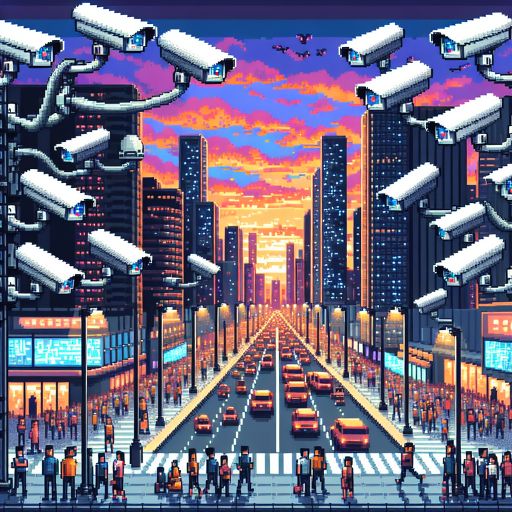
The landscape of security camera systems is continuously evolving as technology advances, with both wired and wireless solutions experiencing significant developments. These progressions aim to improve the efficacy, efficiency, and usability of security camera systems across various applications.
Artificial Intelligence (AI) and Machine Learning (ML):
AI and ML are becoming integral components of modern security camera systems. These technologies enable cameras to not merely record footage but also analyze it in real-time. Features like facial recognition, behavior analysis, and automated alerts are possible through AI integration. This makes security systems smarter, reducing false alarms and focusing human attention on potential threats.
Edge Computing:
Edge computing is another key trend, where data processing occurs directly on the camera or close to the source rather than being sent to a central server. This reduces latency, enhances real-time analysis, and minimizes bandwidth use, making systems more responsive and cost-effective.
Improved Image and Video Quality:
The push towards higher resolution cameras continues, with 4K and even 8K cameras becoming more common. Enhanced image quality allows for better identification and analysis. Alongside resolution advancements, improvements in low-light technology and HDR (High Dynamic Range) are extending the usability of cameras in various lighting conditions.
Greater Connectivity Options:
With the proliferation of Internet of Things (IoT) devices, security cameras are increasingly integrated into broader smart home and smart city infrastructures. This connectivity allows for more comprehensive security solutions and greater data sharing between devices, enhancing overall situational awareness and responsiveness.
Cybersecurity Enhancements:
As security camera systems become more connected, the risk of cyber threats increases. Manufacturers and developers are placing greater emphasis on cybersecurity, implementing measures such as encryption, secure boot processes, and regular firmware updates to protect against unauthorized access and data breaches.
Power Solutions and Battery Life:
For wireless systems, advancements in battery technology are critical. Longer-lasting batteries and the introduction of energy-efficient devices ensure that cameras can operate for extended periods without frequent recharging or maintenance, which is crucial for maintaining consistent security coverage.
Cloud Storage and Data Management:
The movement towards cloud-based storage solutions offers greater flexibility in managing and accessing footage. Providers are enhancing cloud services with scalable storage options, robust data retrieval systems, and secure data management practices. However, this also brings considerations regarding data privacy and compliance with regulations.
Regulation and Standardization:
There is a growing trend toward the standardization of security camera systems and protocols. Governments and industry groups are establishing guidelines and regulations to ensure compatibility, safety, and reliability across different products and platforms. These standards help in maintaining a certain quality level and making integration easier.
These trends indicate that the future of security camera systems lies in enhanced functionality, improved user experience, and robust security mechanisms. Future developments will likely continue to focus on integrating cutting-edge technology to meet the growing demands for effective and efficient security solutions.
Listen, to Know About Wired vs Wireless Security Camera Systems!
